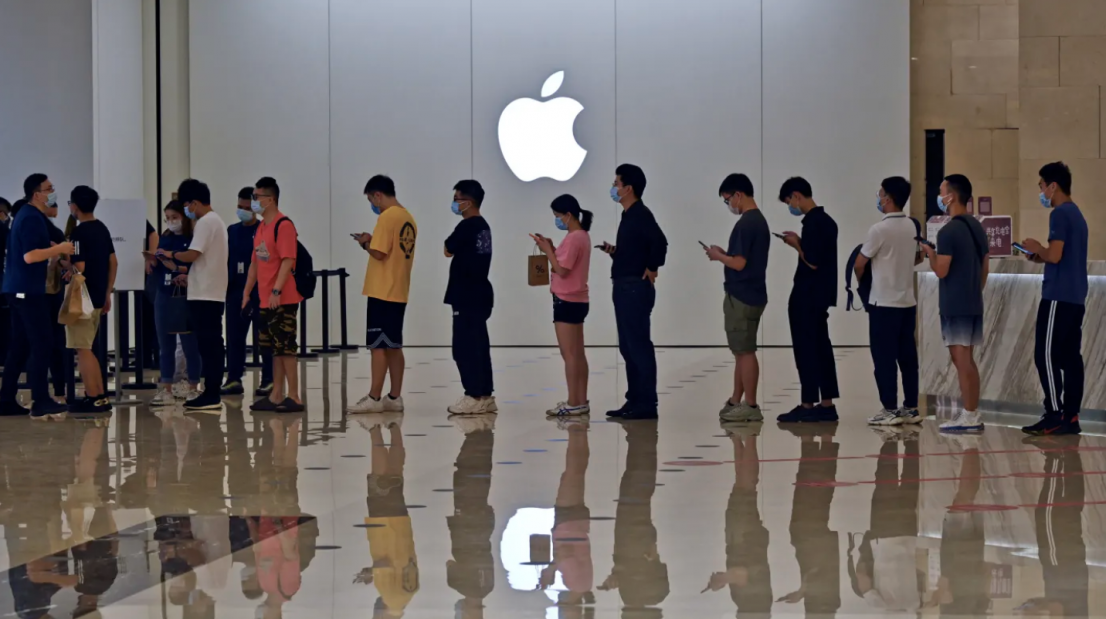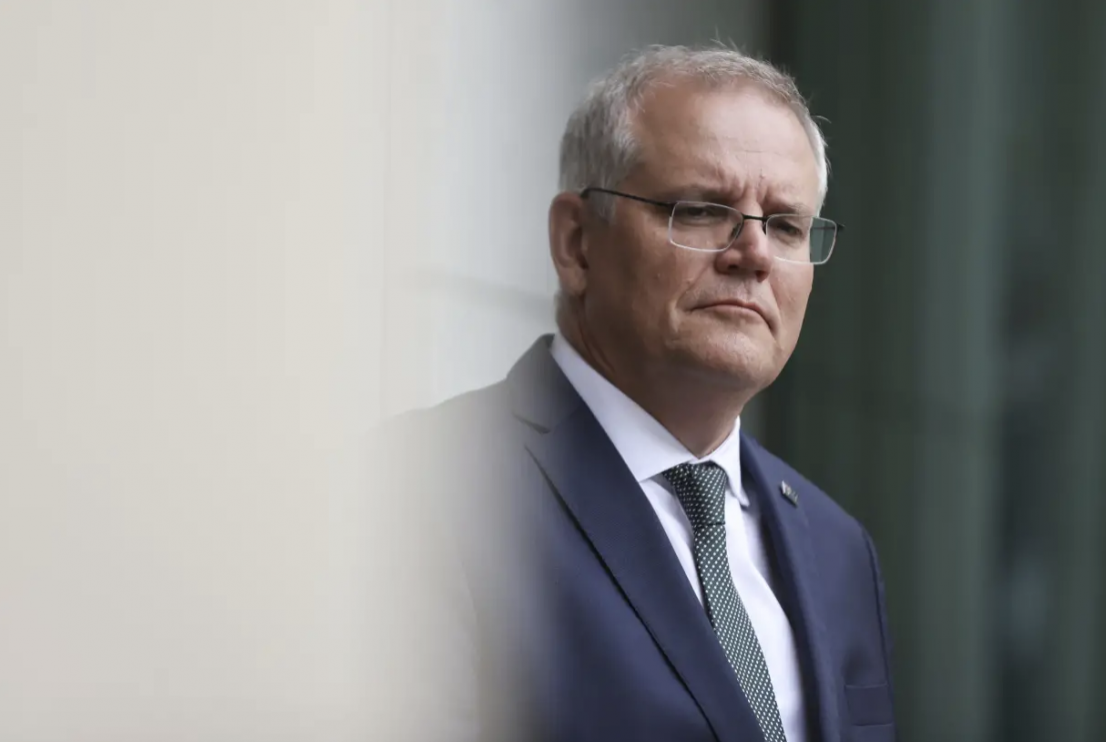
More than a decade after selling their first payroll start-up to local tech giant Xero, Karbon co-founders Stuart McLeod and John Freeman have scored $US66 million ($93 million) for their accounting practice management software company from one of the world’s best investors in industry-specific software businesses.
The renowned investor behind Tidemark Capital, former Technology Crossover Ventures (TCV) veteran David Yuan, got in touch with Karbon late last year. Despite not actively looking for more capital, the Aussie founders said they felt compelled to engage.
The funding from Tidemark came with a $US285 million ($402 million) post-money valuation, which represents a 5.7 times jump in 11 months since Karbon raised $US10 million in a round led by Five Elms, which valued it at $US50 million.
“When Dave reached out we stood up and took notice because he’s one of the premier investors in vertical SaaS [software as a service],” Mr McLeod told The Australian Financial Review.
“He is world-class, is extremely intelligent, has an amazing team he’s built at Tidemark, and has the history and capacity to invest in portfolio companies like Toast, Siteminder and Xero even.”
While at TCV, Mr Yuan was also involved in investments in a rollcall of tech success stories, including TikTok’s parent company ByteDance, Facebook, Splunk and LinkedIn.
Cloud-based company Karbon, which is headquartered in the US but has about half of its workforce (including co-founder Mr Freeman) in Australia, provides software for small and medium-sized accounting firms to run their practices, including client and project management tools, performance analytics and workflow automation.
It has 2500 accounting firms signed up in 20 countries and is increasing its revenue by about 100 per cent year-on-year. Based on LinkedIn data, there are between 160,000 and 170,000 accounting firms globally, giving Karbon a little over 1 per cent of the market.
Depressing days
Mr McLeod said the latest raise was a contrast to its earlier rounds, where investors were less enthusiastic.
“In the series A round, we did 65 or 66 meetings. We had some very depressing and disheartening days up and down Sand Hill Road [in Silicon Valley] and [the investors] were probably right, we weren’t ready,” he said.
“We didn’t have a massively expanding market, or the growth figures they expected. It was a hard lesson, but one that we took as an opportunity to really work hard, persevere, and be resilient and ... now, two years into COVID-19, everyone is looking for progressive and well-thought-through software like ours that give accountants an edge.”
Mr McLeod and Mr Freeman started Karbon in 2014, three years after selling their previous company, Paycycle, to Xero for $1.5 million.
While Xero and MYOB have practice management software, Karbon’s largest rivals are legacy desktop-based incumbents from companies including CCH and Thomson Reuters.
Push into larger firms
Mr Mcleod said Karbon was focused on building more features into its platform, including time-based billing, invoicing, accounts receivable integration and, ultimately, payments.
It is doubling its client base every year, and he said the next big milestone would be to hit 10,000 accounting firms on the platform.
As part of this plan, the company is pushing into larger firms, and is looking to hire an additional 170 people this year.
“We want to push up market and service some larger firms,” he said.
“We also want to hit $100 million in revenue in the next five to six years. We’re on target for that, and that’s what we’re aiming for.”
Karbon’s raise is the latest in a series of big rounds announced already in 2022. Last week, Cyara banked more than $US350 million from K1 Investment Management. In January, Milkrun scored $75 million from Tiger Global Management, Dovetail raised $89 million at a $960 million valuation, and Sydney-based digital health start-up Eucalyptus locked in $60 million in a round led by Mary Meeker’s Bond Capital.
Mr Yuan said Karbon was exactly what he looked for in a vertical SaaS company.
“[It’s] a clear category leader and a magical user experience that empowers modern accountants to serve their clients better,” he said.
“Accountants are rapidly shifting to digital as the key trust advisers to SMB. We’re excited to support Stuart and the Karbon team build the next great vertical platform to drive this industry transformation.”








